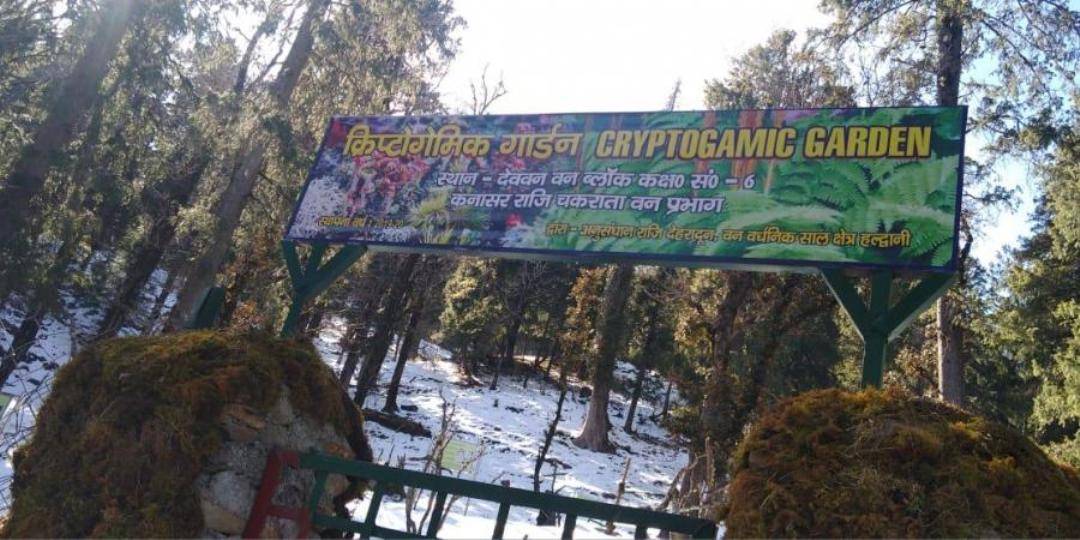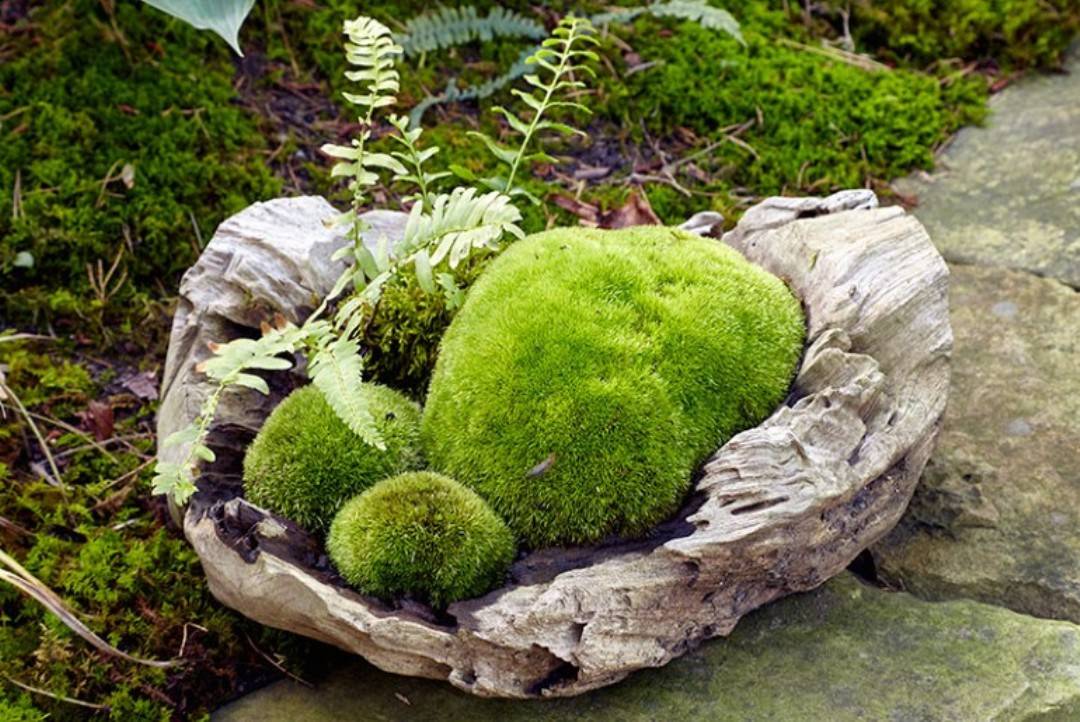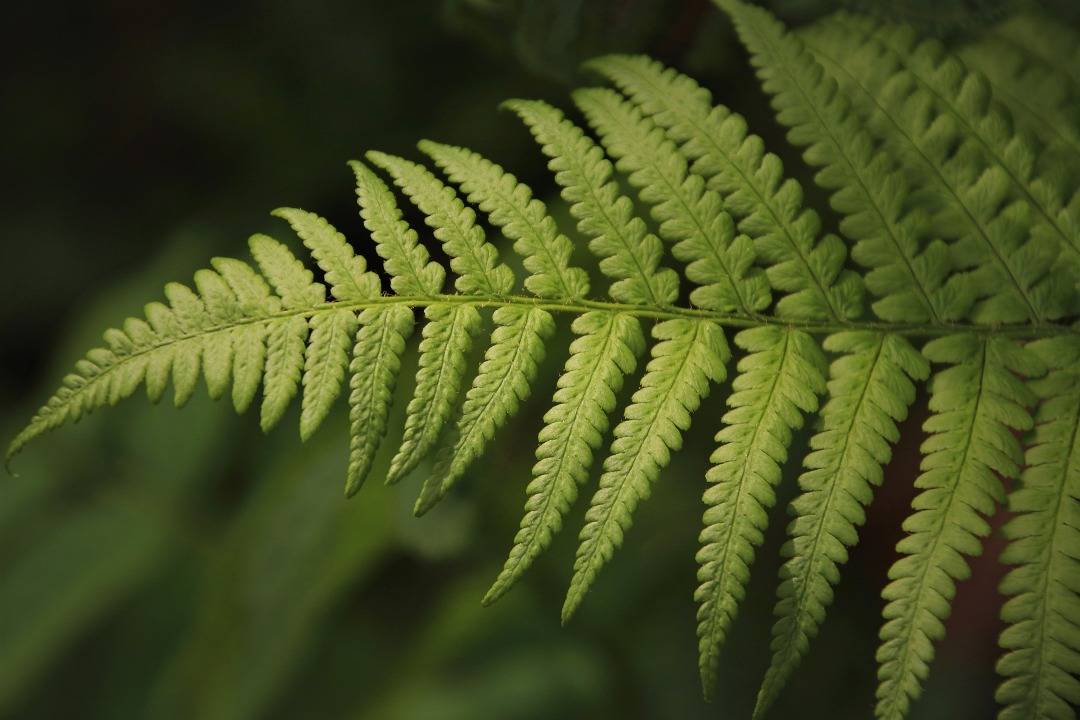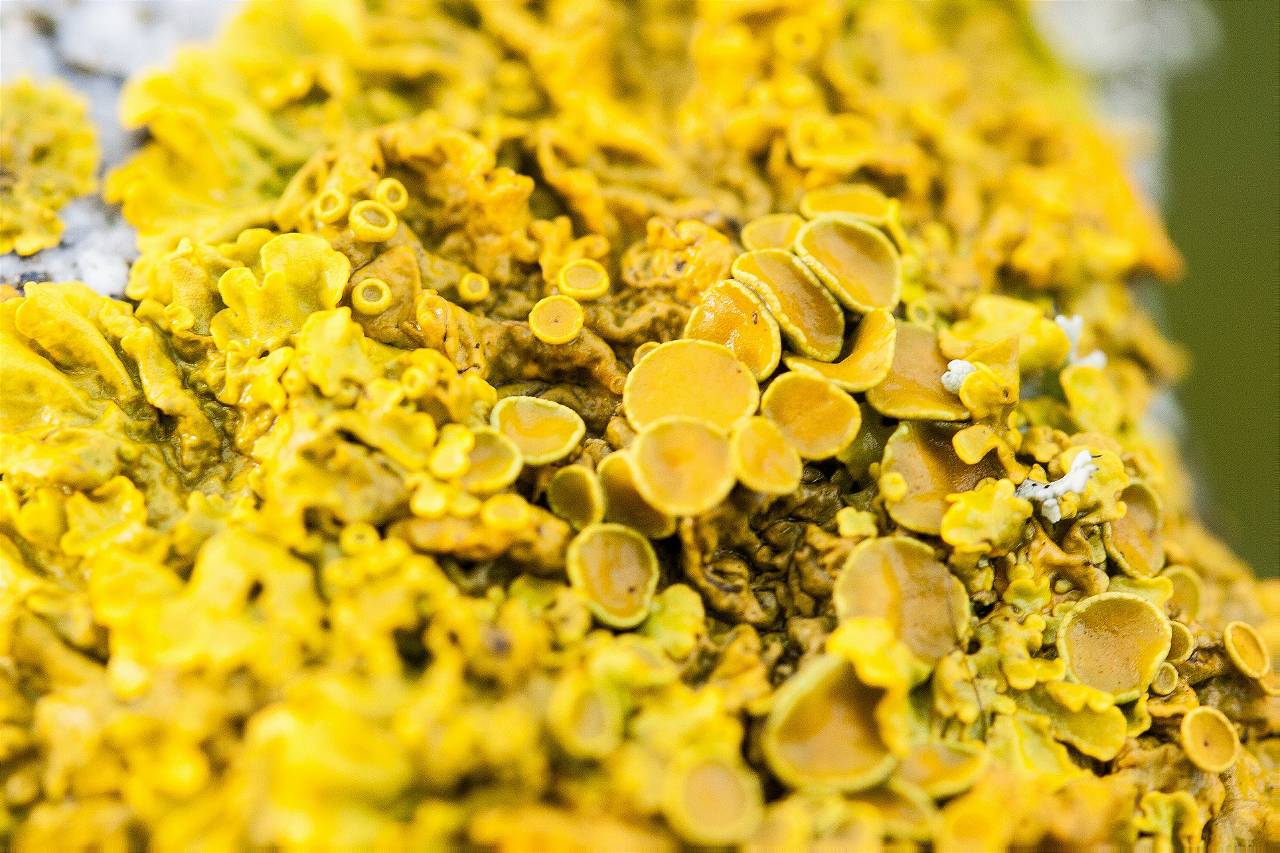
The first cryptogamic garden of India was opened in Deoban area of Dehradun district, Uttarakhand on July 11, 2021. The garden, located at a height of 2700 meters from the sea level and is sprawled in 3 acres, promises to become a tourist attraction.
About the majestic Deoban
Deoban is not some place to ignore. Its pristine beauty is irresistible. The area is pollution free and with ample Deodar trees in the area, you can expect to be close and personal with Mother Nature here. Because of being free of pollution, the area supports good growth of cryptogams.
What are cryptogams?
Cryptogame means, “hidden reproduction.” This further means that the plant produces no seed or flowers. They reproduce through spores. Cryptogams are non-seed bearing plants.
The well-known cryptogams are algae, lichens, mosses, ferns, and fungi.
Cryptogams need a moist environment to thrive. The groups – lichens, algae, and bryophytes (moss and liverworts) – are made of primitive species that feature a plant body that is has no distinct roots, stems, and leaves. The body is thalloid.
Cryptogams are one of the oldest plant species. They existed since the Jurassic era.
According to the state forest department of Dehradun, the aim of opening a cryptogamic garden is to make people aware of these primitive plant species and to promote their growth. The species may sound unimportant, but the truth is that they contribute significantly to the environment and the ecology. They are an indispensable group of plants for sustaining life on the planet.
Why Uttarakhand for cryptogamic garden?
Uttarakhand is rich in biodiversity. As per Uttarakhand Tourism data, the state houses about 4000 plant species belonging to 1198 genera under 192 families. A study claims that, with regard to cryptogams, it harbours 346 species of algae, 365 species of pteridophytes, 478 species of bryophytes, and 539 species of lichens.

Algae
The cryptogamic garden of Deoban features numerous algal species. They harbour some of the most primitive organisms. They can live in sea water and fresh water bodies.
Algae have economic importance. It is used as food. Do you know algae is rich in fats, carbohydrates, protein, vitamins like A, B, C, and E, and minerals like potassium, calcium, magnesium, manganese, iron, and zinc?
Know about Spirulina ‘small spiral’ algae that used widely as food.
People in countries like North and South America, Scotland, Ireland, Norway, Sweden, Germany, China, and Japan use alga as one of the food ingredients.
This is not all. Algal biofertilizers are famous too. In liquid form, they readily help to repair nitrogen levels in soil.
Alage have medicinal properties. Brown algae such as Sargassum and Laminaria are rich in iodine.

Bryophytes (Moss)
Bryophytes are the most primitive plant species on the earth. They are incredibly simple. Mosses are the best examples.
Mosses are good bio-indicator to pollution. They bind soil particles and play a vital role in preventing soil erosion.
Mosses have high water retention capacity due to which they are used in packaging of plants that are to be transported to far off places. Mosses also have antimicrobial properties.

Pteridophytes (Ferns)
Ferns are usually ornamental plants. They accumulate heavy metals and are good indicators of moisture regime in the area.
You would be surprised to know that ferns such as Horsetail have stayed unchanged since the Jurassic Era. Ferns don’t have flowers. They are vascular plants, meaning they possess xylem and phloem, but they reproduce through spores.
Ferns look beautiful; hence, are used to decorate gardens and other areas.
Also know about the fern Azolla, an organic nutritious feed for cattles.

Lichens
Lichens are complex plants that indicate a symbiotic relationship between two different species – algae and fungi.
Lichens are very sensitive to pollutants present in the atmosphere and that’s why pose as good pollution monitors.
Do you know lichens are used as one of the main ingredients in Hyderabadi biryani?
It has also been used as a coloring agent for ages. Besides, this, it is widely used in the leather industry due to the presence of an aromatic substance called thallus in it. In addition, lichens are used in cosmetics, perfumery items, hawan samagri, dhoops, etc.
They have medicinal properties and are used to treat fever, jaundice, diarrhea, hydrophobia, epilepsy, and skin diseases.
Cryptogams in India
India has 7411 algal species belonging to 735 genera under 206 families. India has 9% of the world’s ferns. The second biggest plant group in Indian flora comprises of ferns and fern-allies. It is represented by 33 families, 130 genera, and 1267 species. Out of these, 70 species are native to India.
India has more than 2900 species of lichens. This comprises 14.8% of the world’s species under phylum Ascomycota. Out of this, around 540 species (more than 18%) are native to India.
















